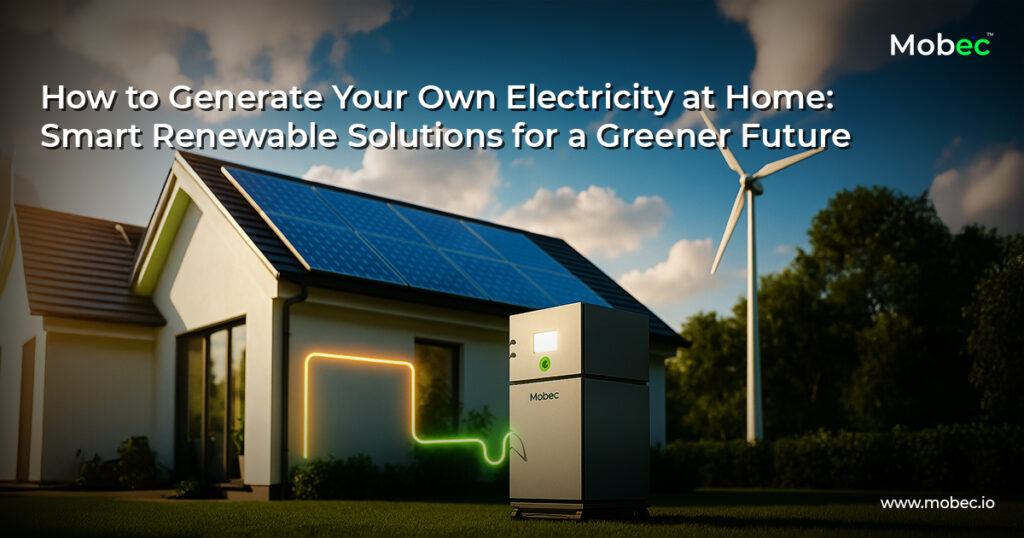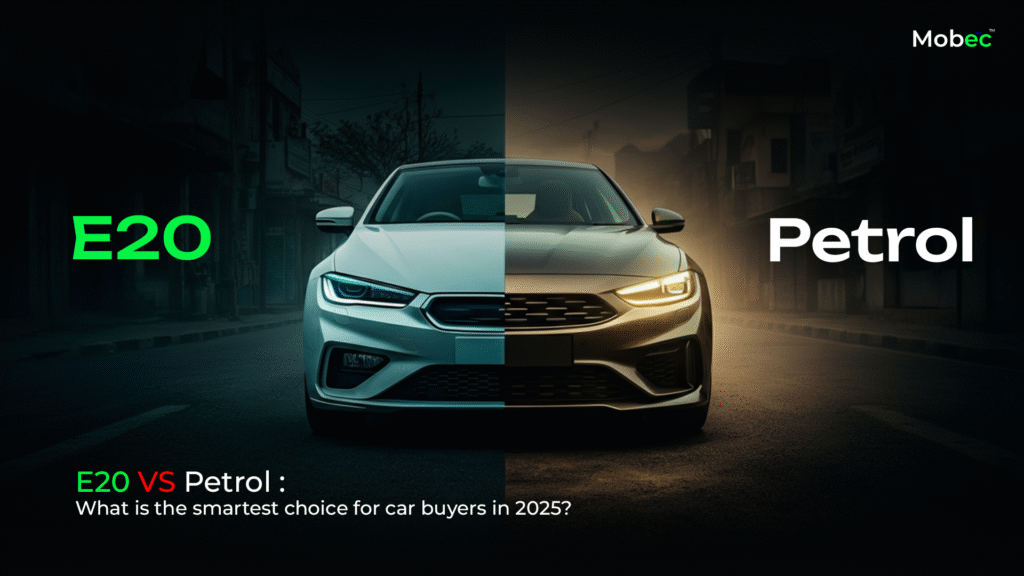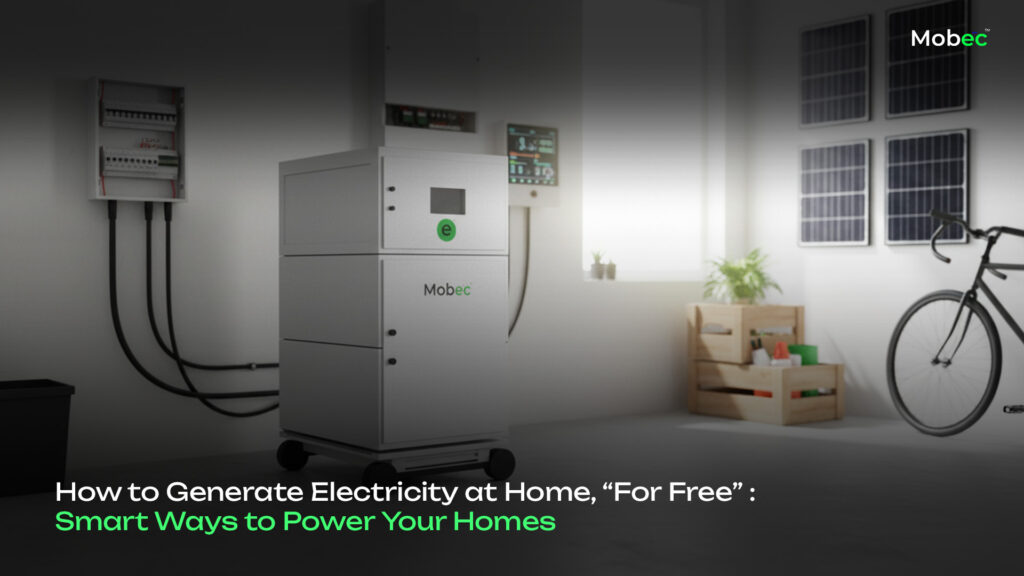When people talk about electric vehicles, it’s usually about how fast they go, how far they can travel, or how stylish they look. But the real game-changer is what’s powering them from the inside—the battery. And two battery types are leading this charge: Lithium-ion (Li-ion) and Lithium Iron Phosphate (LFP)
Why are they preferred by manufacturers, innovators, and sustainability advocates alike? Let’s dive into what makes these batteries the gold standard for EVs—and how Mobec, India’s homegrown EV charging innovator, is maximizing their potential.
Understanding the Power Behind the Plug

Electric vehicles rely on batteries to do everything—from starting the car to taking you 300+ km on a single charge. That’s why choosing the right battery type is important. Among the many types, lithium-ion batteries have emerged as a strong candidate for their efficiency, durability, and performance.
However, not all lithium-ion batteries are the same. There are subtypes like NMC (Nickel Manganese Cobalt) and LFP (Lithium Iron Phosphate). While both use lithium, they vary in how they perform, cost, and interact with the environment.
So, why is LFP increasingly seen as the EV battery of the future?
Why Lithium-Ion Batteries Dominate the EV Landscape

Before diving into LFP specifically, let’s understand the broader appeal of lithium-ion technology:
- High energy density: High performance packed into a small form.
- Fast charging capability: Time is precious—lithium-ion allows for quick top-ups.
- Lightweight: Enhances vehicle performance and reduces energy use.
- Longer lifespan: Designed for thousands of charge/discharge cycles.
- Low maintenance: No memory effect, self-discharge is minimal. Just plug and go.
It’s no surprise that lithium-ion batteries power everything from smartphones to satellites—and now, the vehicles of tomorrow.
Why LFP Batteries Are Taking Center Stage

Among lithium batteries, LFP (Lithium Iron Phosphate) is quickly emerging as a game-changer, particularly for mass-market EVs, fleets, and sustainable charging solutions.
Here’s why more manufacturers, including giants like Tesla and Tata, are betting big on LFP:

LFP batteries are inherently safer. They’re less prone to overheating, fire, or explosion, even under high-stress conditions. This makes them ideal for countries like India, where temperatures soar and grid reliability varies.

With up to 4,000–6,000 charge cycles, LFP batteries last years longer than NMC batteries. That means fewer replacements, less waste, and more value for every rupee invested.

Because LFP doesn’t rely on expensive metals like cobalt and nickel, it is more cost-effective and environmentally responsible. This enables EV makers to deliver affordable vehicles without compromising quality.

Sustainability isn’t just about zero emissions—it’s about the entire ecosystem. LFP batteries reduce reliance on conflict minerals, are easier to recycle, and are safer to handle at end-of-life.

India is a country of extremes—from cold Himalayan winters to hot summers. LFP batteries offer stable output across diverse climates, making them a perfect fit for Indian roads and rural terrain.
| Feature | LFP Battery | NMC Battery |
| Energy Density | Moderate | High |
| Safety | Excellent | Good |
| Lifecycle (Charge Cycles) | 4,000–6,000 | 2,000–3,000 |
| Cost | Lower (no cobalt/nickel) | Higher (uses cobalt/nickel) |
| Best Use Case | Affordable EVs, fleets, charging infra | Premium EVs, performance vehicles |
| Environmental Impact | Lower | Higher |
Mobec: Transforming India’s EV and Power backup Future with Lithium & LFP Tech

While many companies are still adapting to these battery technologies, Mobec is ahead of the curve.
Smart Charging with LFP Integration
Mobec’s portable and on-demand EV chargers are powered by LFP-based lithium batteries. This ensures greater safety, durability, and cost savings—without sacrificing performance.
Whether it’s a bustling metro city or a remote highway, Mobec’s chargers bring stable, sustainable power anywhere—without relying solely on the power grid.
Second-Life Battery Systems
Mobec is building a circular battery economy. We give second-life lithium batteries a new purpose in stationary energy storage systems, reducing e-waste and lowering energy costs.
These repurposed batteries strengthen microgrid systems, particularly in rural and underserved regions, helping close the energy access gap.
Clean Energy, Powered by LFP
Mobec’s lithium-ion-based battery systems seamlessly integrate with solar and wind energy to build self-sustaining microgrids. This enables clean, off-grid EV charging in areas with limited grid access. Plus, through battery recycling and second-life use, Mobec maximizes sustainability at every stage of the energy cycle.
Urban or Rural: LFP Powers It All

Mobec’s lithium-powered mobile charging units and microgrid-compatible systems empower EV adoption across India:
- E-rickshaws in Tier-2 towns
- Electric cars in metro cities
- Commercial fleets in logistics hubs
- Rural vehicles where the grid fails
The common thread? Reliable, affordable, and scalable power—thanks to smart lithium and LFP integration.
Final Thoughts: The Future Is Electric—and It’s Lithium-ion battery-Driven

As India pushes toward 30% EV adoption by 2030, we need battery solutions that are safe, affordable, green, and future-ready. Lithium and LFP batteries check all those boxes—and Mobec is pioneering their real-world application across urban, rural, and off-grid charging landscapes.
We’re not just talking about the future—we’re building it.
So, next time you think about electric vehicles, remember—it’s not just about the car, but the power behind it. From clean energy to smart charging and battery recycling, it’s the whole system that makes the difference. With Mobec leading the way, the future of EVs isn’t just electric—it’s smarter, greener, and built to last.







